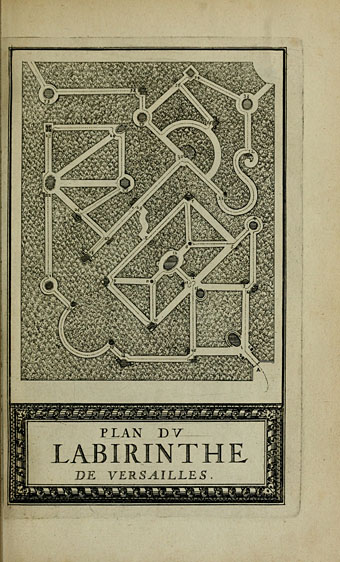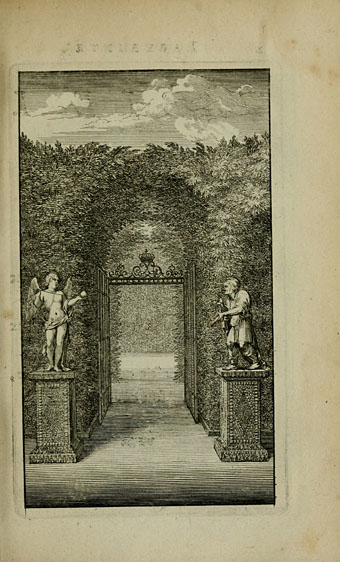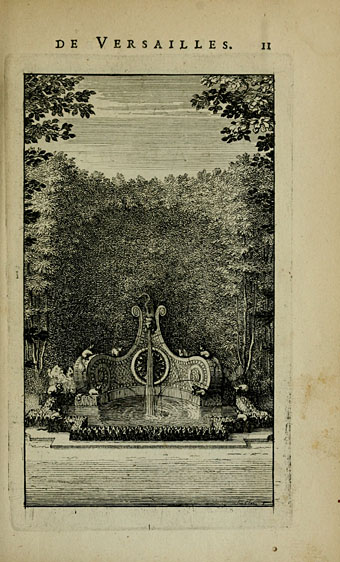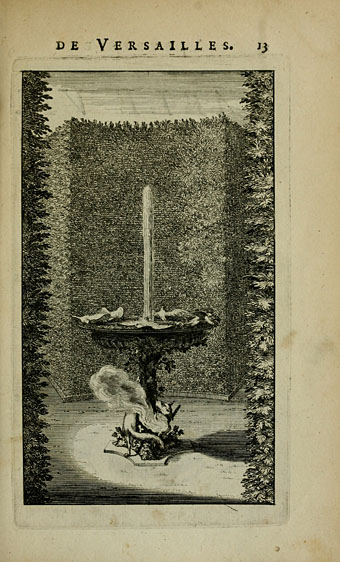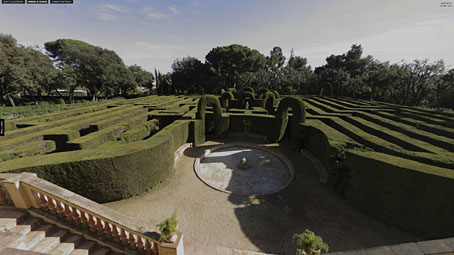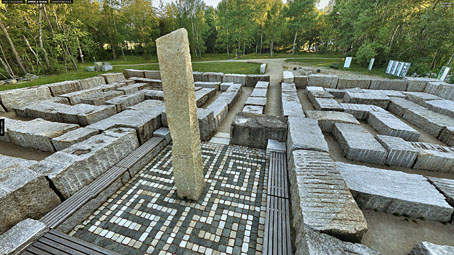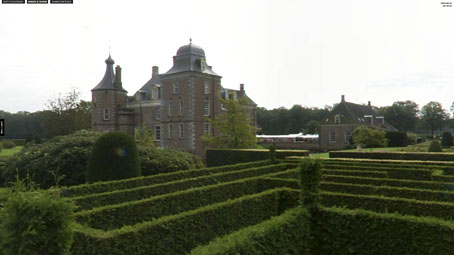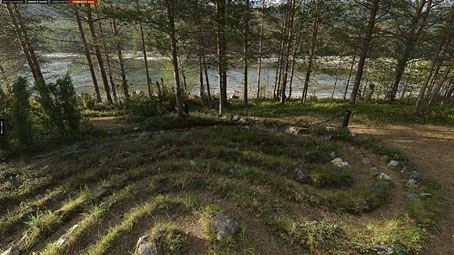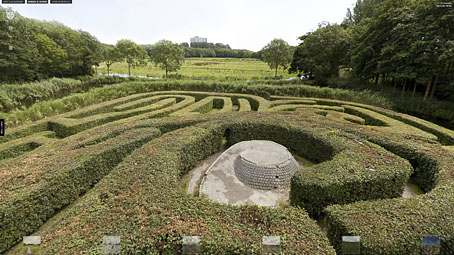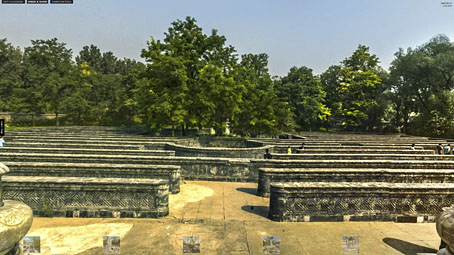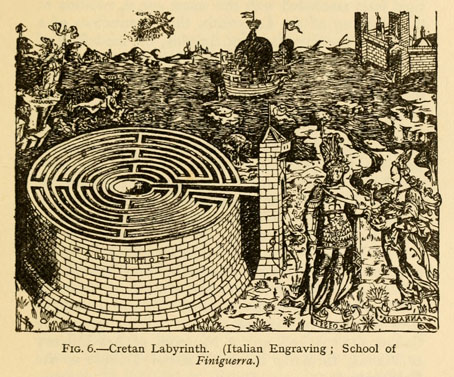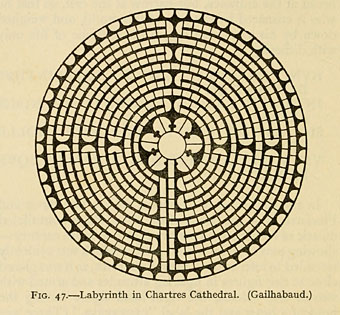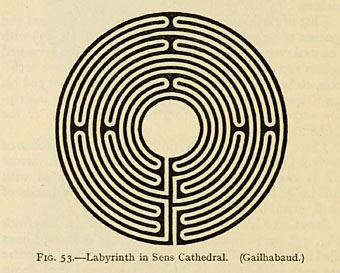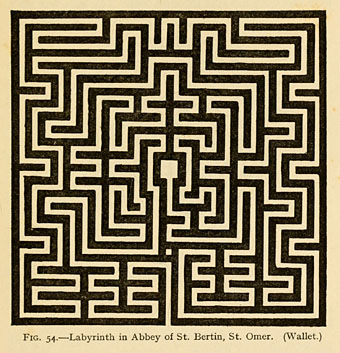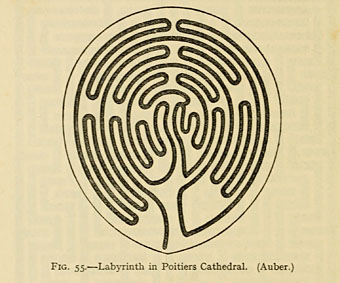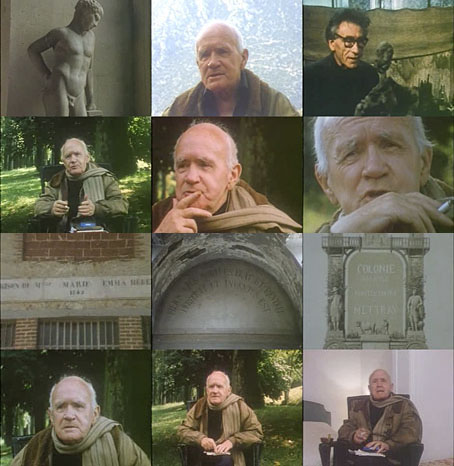Something I was working on last August when I was putting together new pictures for the Cthulhu calendar, I’d actually forgotten about this until this week. The idea was to do something that was more of an abstract design than the rest of the art; having got this far I was undecided whether I wanted to try and incorporate the labyrinth shape into a larger picture. With time running out and nothing resolved I ended up using the Keep Calm Cthulhu design which, looking back, I feel this alone could easily have replaced. (They both share the same Cthulhu glyph.) As it is I may make this one available as another CafePress design since it’s more suited to T-shirts and things. If it needs a justification then consider the story of The Call of Cthulhu as a labyrinthine investigation which reveals Cthulhu dreaming at its centre.
Elsewhere on { feuilleton }
• The Lovecraft archive


